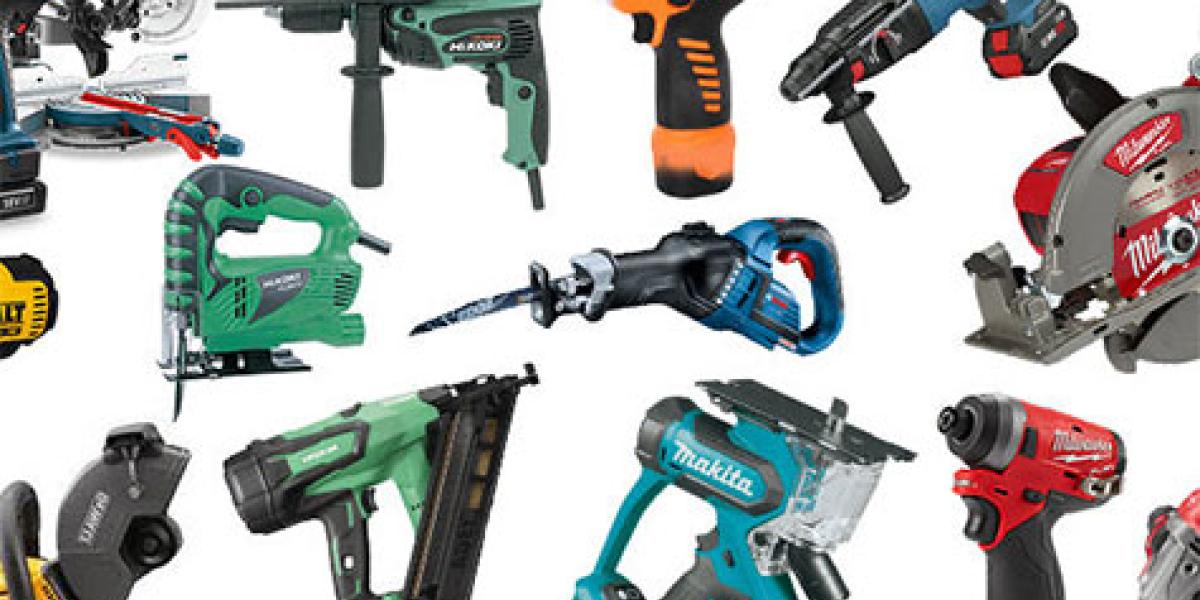Approximately 8 percent of industrial incidents result from the improper use of hand tools. Always follow safety precautions, know the common risk factors, and operate all tools properly to avoid injuries ranging from simple cuts, contusions, and abrasions to amputations, fractures, and punctures.
Hand Tools
- Carry all sharp tools in sheath or holsters.
- Tag worn, damaged, or defective tools as "out of service" and do not use them.
- Do not use a tool if the handle surface has splinters, burs, cracks, or splits.
- When handing a tool to another person, direct sharp points and cutting edges away from yourself and the other person.
- Do not carry sharp or pointed hand tools such as probes or knives in your pocket unless the tool or your pocket is sheathed.
- Do not perform makeshift repairs to tools.
- Do not throw tools from one location to another or from one employee to another.
- Transport hand tools only in tool boxes or tool belts.
Power Tools
- Never carry a tool by the cord or hose.
- Never yank the cord or the hose to disconnect it from the outlet or receptacle.
- Check that power tools are grounded or double-insulated. Never remove the ground prong or use a two-prong adapter.
- Keep cords and hoses away from heat, oil, and sharp edges.
- Disconnect tools when not in use, before servicing, and when changing accessories such as blades, bits, and cutters.
- Keep all observers at a safe distance away from the work area.
- Ensure all guards and shields are in place before turning on equipment.
- Secure work with clamps or a vise, freeing both hands to operate the tool.
- Avoid accidental starting. Do not hold a finger on the switch button while carrying a plugged-in tool.
- Maintain tools with care, keeping them sharp and clean for the best performance. Follow instructions in the user's manual for lubricating and changing accessories.
- Keep good footing and maintain good balance.
- Remove all damaged tools from work area.
Keep it Sharp
Whether a power tool or a hand tool, if it is designed to cut, keeping the cutting-edge sharp is a safety priority. Sharp tools work better and require less force. When sharpening, adjusting, or changing a blade, bit, or cutting edge, disconnect the tool from the power source by unplugging electrical cords or removing hoses.
Cover bits, blades, and cutting tool edges while on the shelf or in the toolbox. This keeps the cutting edge from becoming dull and prevents hand injuries when reaching for the tool.
Check Adjustments
If there are any adjustable parts of a tool, they will most likely be “unadjusted” just when you need the tool. Check all adjustments before using.
Check for Damage
Look at handles, tool edges, power cords, hoses, connections, switches, triggers, casings, and attachments. Check hand tools for cracks dings and chips. Don’t use damaged tools. Hand tools generally cannot be repaired and should be thrown away. Use power tools only for their designed purpose. Never attempt to modify a power tool so it can be used for a purpose other than what it is designed to do. Have repairs made only by someone who knows the tool repair craft.
Personal Protective Equipment (PPE)
Use the proper PPE based on the hazards.
Clothing Hazards
When using powered equipment, do not wear long or loose clothing or clothing with tie-strings. Pull back and secure long hair so it doesn’t hang in front of the ears. Remove all jewelry such as rings, necklaces, and pendants.
Contact
Contact Cathy Black if you have any questions.

